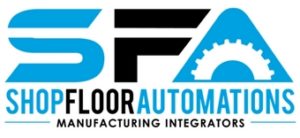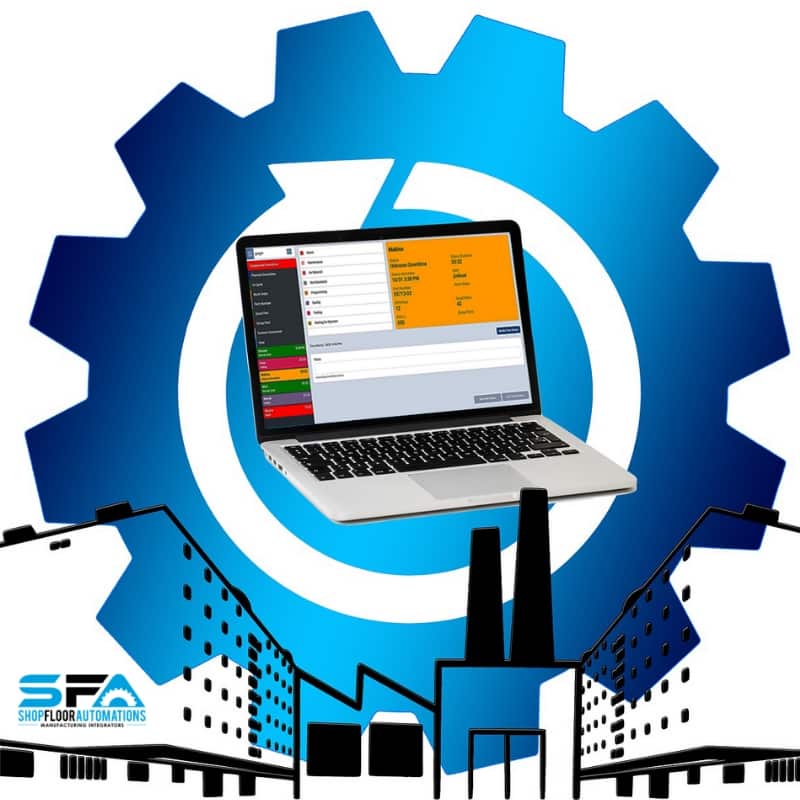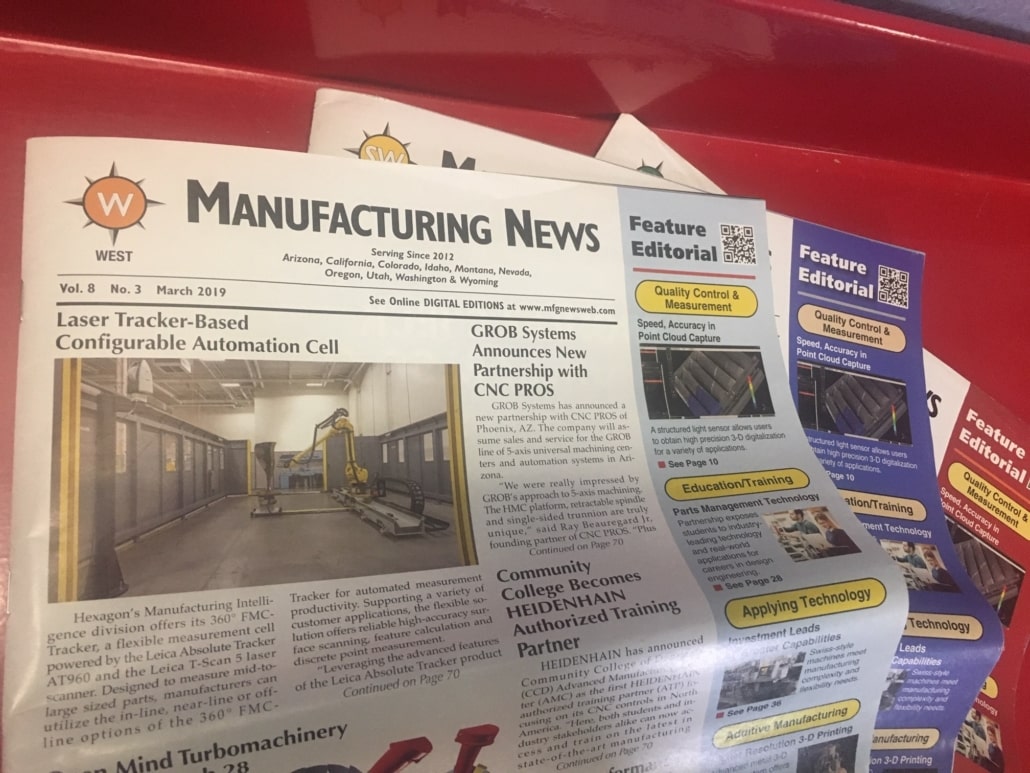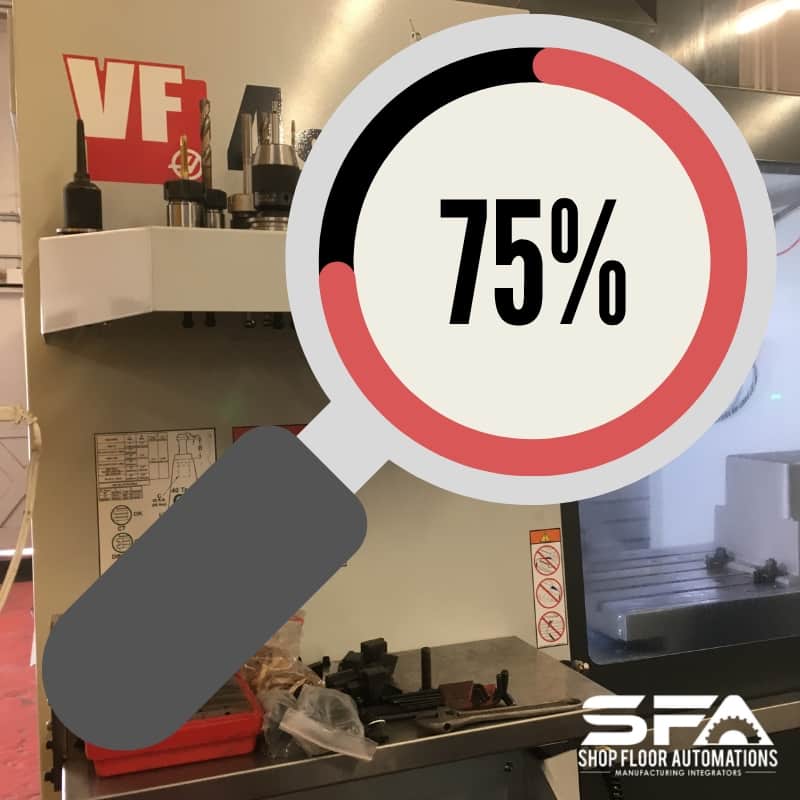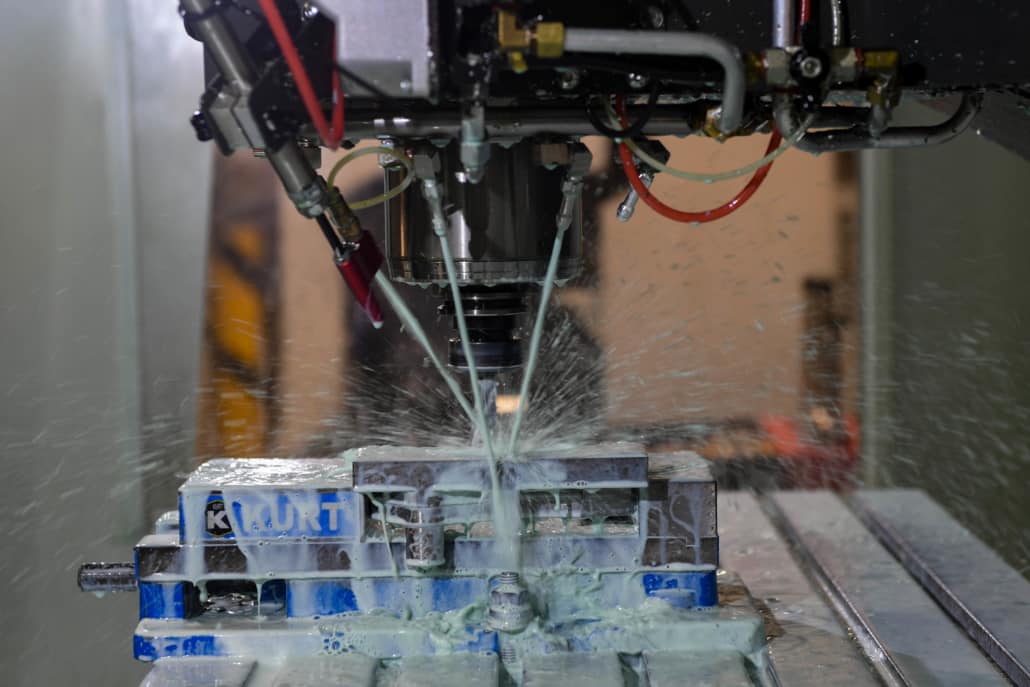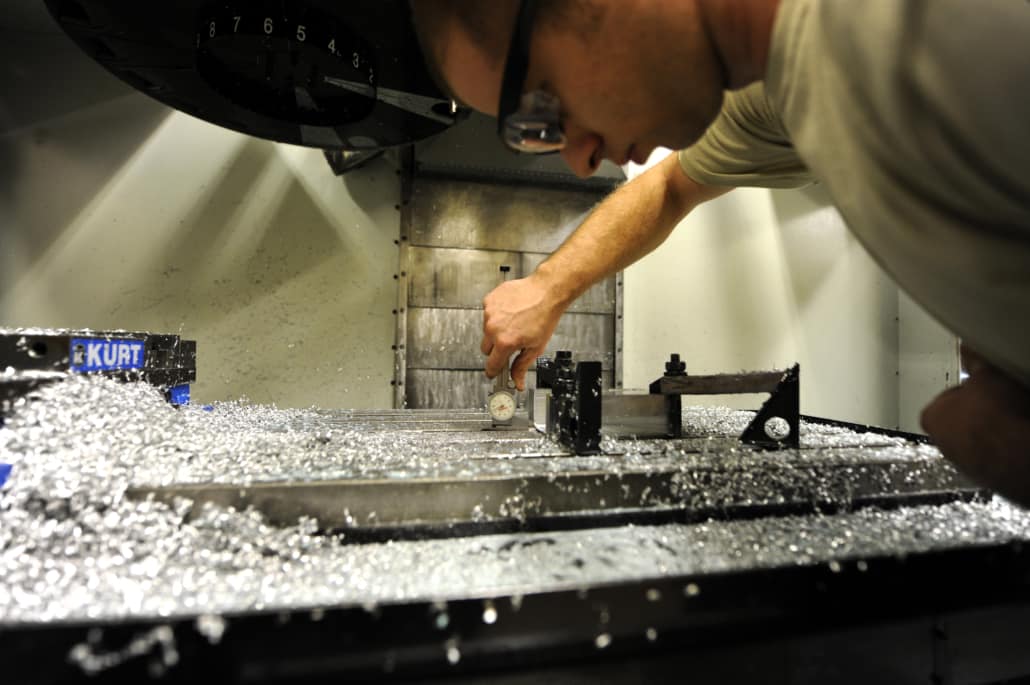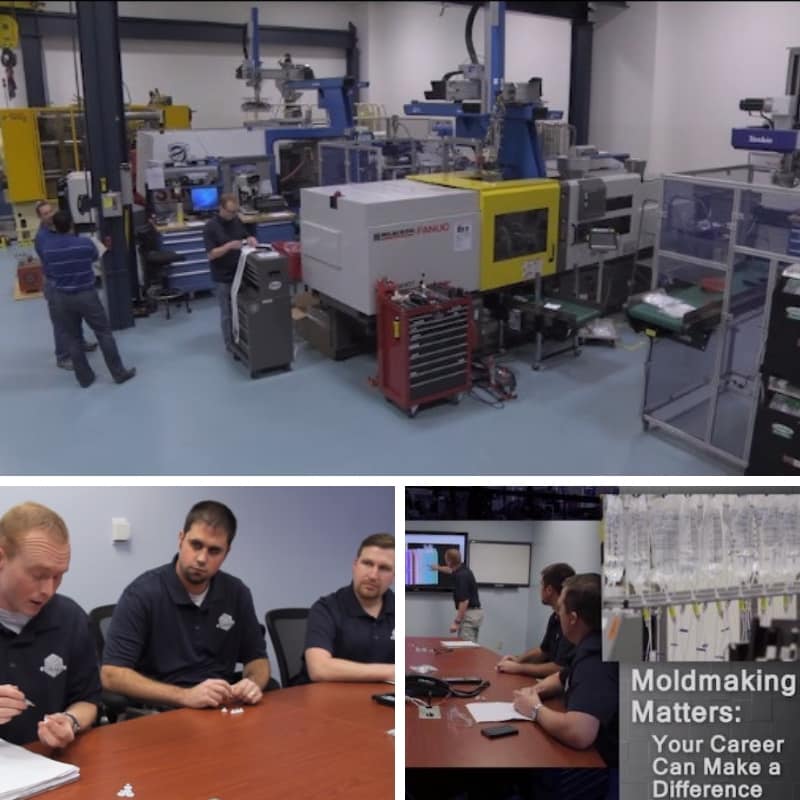CNC MACHINE MONITORING – 40 searches per month. Manufacturing News, November 2017, Mobile Technology Integration piece
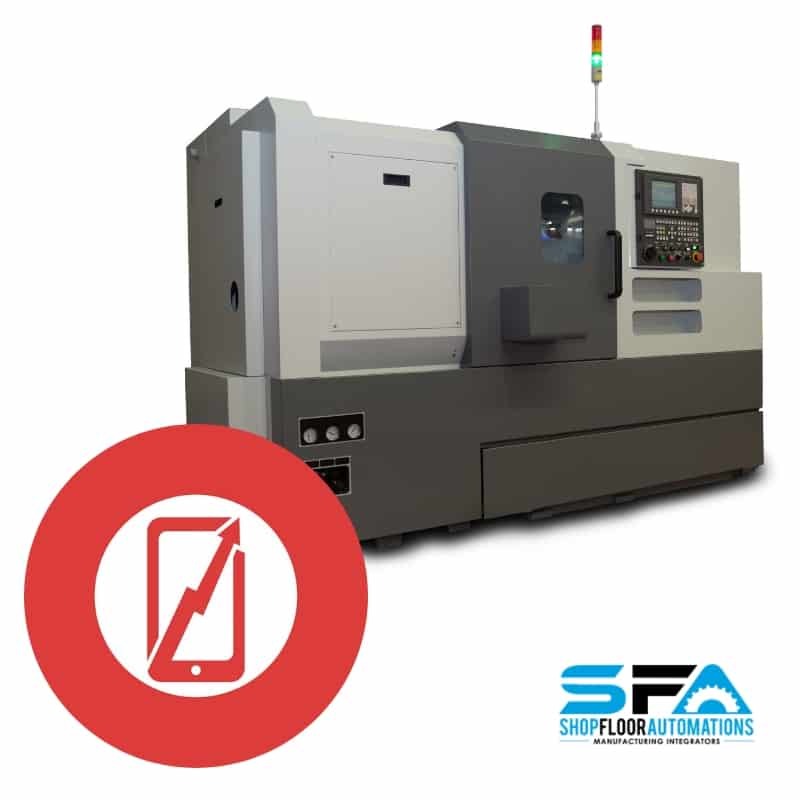
“While the factory’s network connects to all the machines for control and data collection, people are still needed to monitor, adjust, maintain and repair these computer-controlled stations.”
REWORD:
“8 advantage of machine monitoring” a piece from machine metrics on TodaysMedicalDevelopments back in OCT 2017
- Visibility of job, machine and people performance
- Increase output from existing machines and employees
- Real time production notifications
- Live feedback from employees on performance data
- No manual data input
- Improves on time delivery
- Find and fix repetitive problems
- Improves morale
- 15% to 25% utilization improvement
Matt Danford, Senior Editor of Modern Machine Shop – link to the February 2019 issue
“Industry 4.0. Industrial Internet of Things. Factory of the future…Many terms in this heady new lexicon can seem meaningless for CNC machine shops.”
“There is real promise for machining businesses in an era when seemingly everything can have an IP address…we can now act on evidence that would be unknowable or inherently outdated without the capability to pull data directly from shopfloor equipment”
